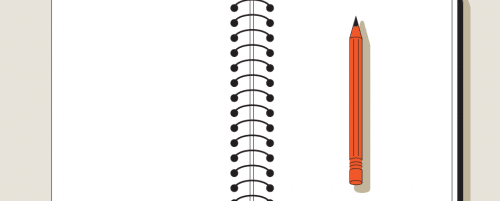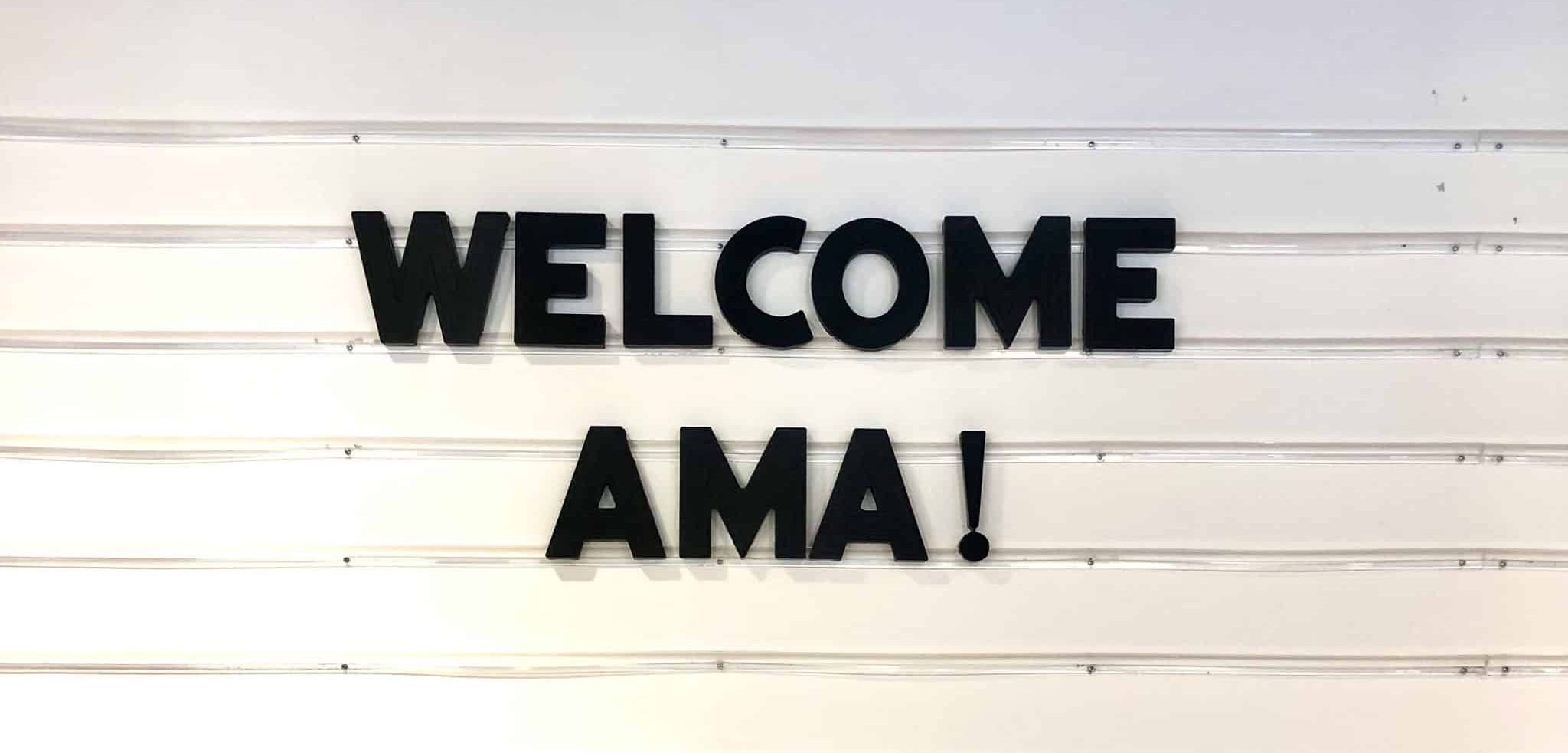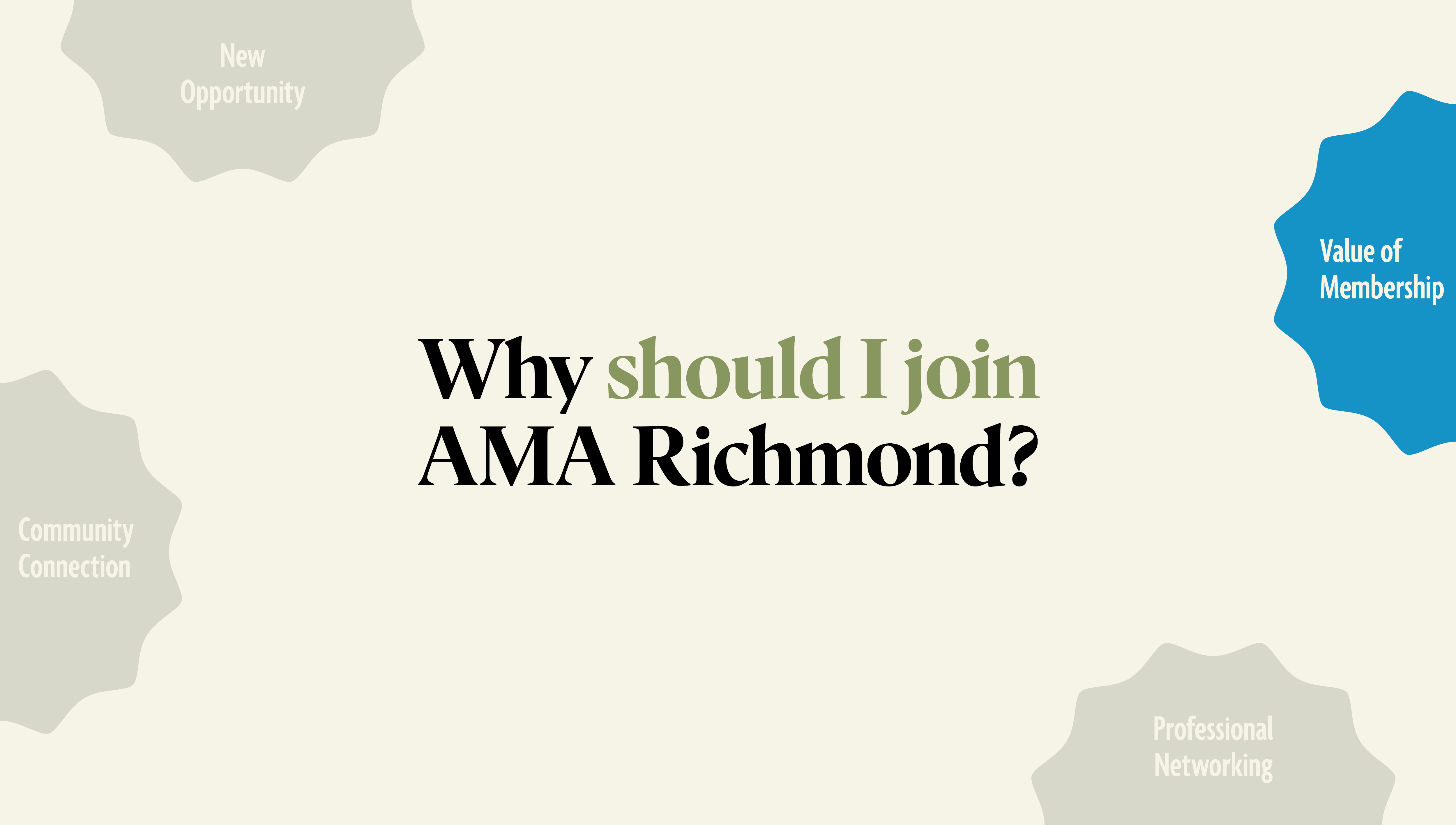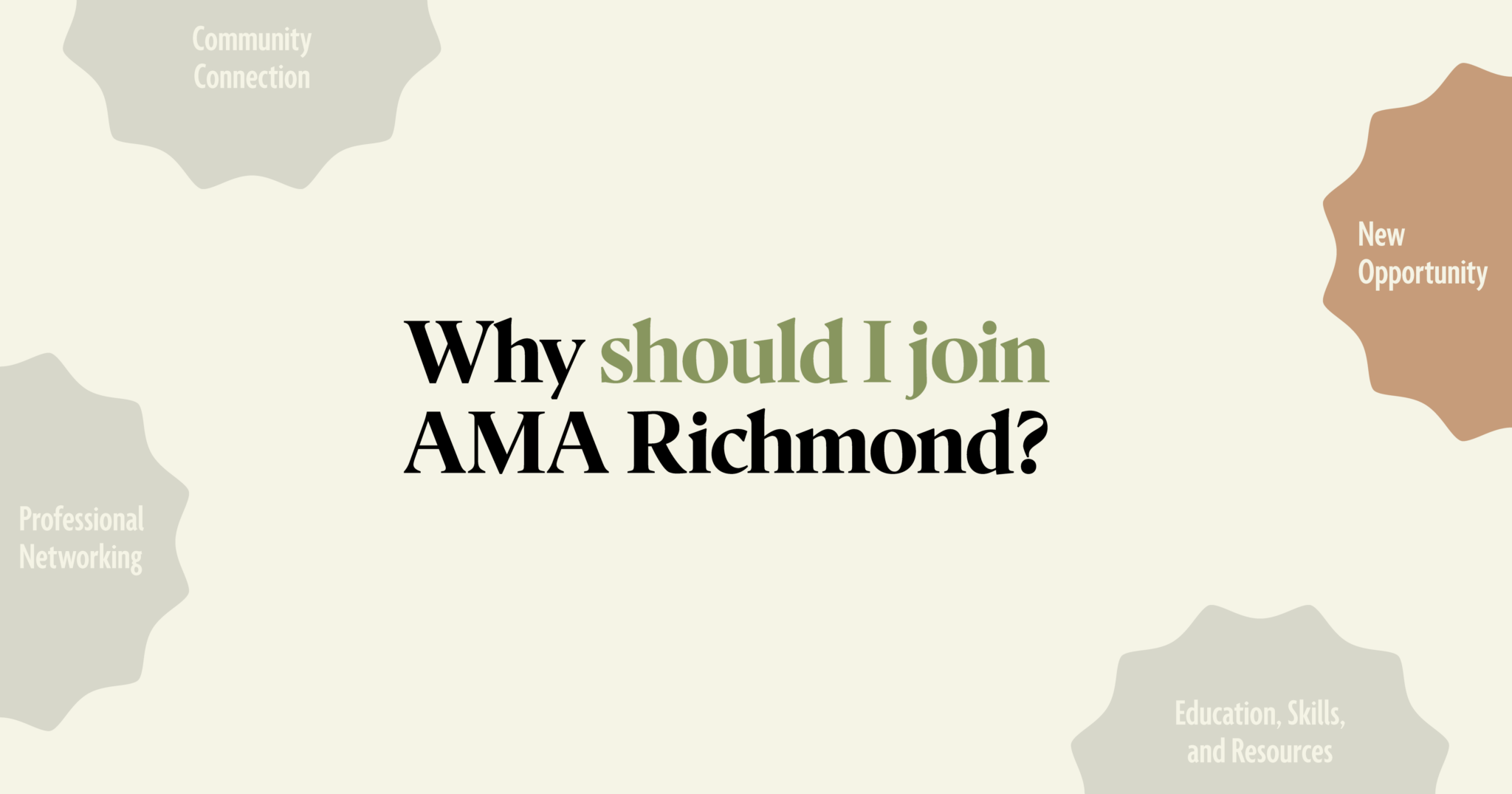When it comes to sitting down and developing creative, I am not a big fan of “process.” That’s mostly because I find that every creative’s “process” is different, and that agency “processes” often get in the way of a creative’s being able to do whatever he or she needs to do to generate strong ideas.
Yet there is one bit of process that I find important to always follow—and that’s to generate many, many ideas for any project before settling on an answer.
But in today’s advertising world, that’s tough to do. Deadlines come faster than ever, and creatives are expected to turn in work in a matter of days…or even hours. So the temptation for many of us is to develop one or two ideas, then run with one of those.
Of course, that’s the worst thing that any creative can do. Because our initial ideas are usually the expected stuff—the off-the-cuff, easy answers that most any creative can and will have after looking at the same creative brief.
That’s why it’s so important to explore a wide range of ideas. The more ideas we generate, the more likely we are to push beyond the easy answers and get to the good stuff. The stuff that’s not only unexpected, but also thoughtful, relevant and ultimately, most effective.
The rule of thumb I share with my creative advertising students at Virginia Commonwealth University:
- If it’s a one-off ad, you haven’t earned the right to even think about stopping until you’ve developed at least 10-12 concepts.
- If it’s a campaign, same thing. But that usually means you’ll be in the neighborhood of 40 concepts, since each campaign has multiple elements.
Personally, I strive to paper the walls with the ideas, and push and push through multiple threads of thinking until I’ve got at least 30-50 to consider.
Let me be clear: a lot of those ideas suck. And that’s exactly the point. Unless you go through the process of generating dozens and dozens of ideas, you’re really never able to tell the good stuff from the bad. And those first ideas? They are almost always the bad ones.
But here’s the thing.
Every once in a while—and I mean, like once in every fourth or fifth blue moon—that first idea actually is the best one. As a creative, you have to leave yourself open to that (very slim) possibility. Sometimes I come up with an idea off the cuff that seems pretty good, but I discount it just because, well, it was my first idea.
And that’s the beauty of the “process.”
If you move on from those first ideas, and generate a ton of work for consideration and review, you will truly be able to evaluate the value of that first idea because you will have something to compare it against. There have been a few times I have looked back over 30 ads and thought, almost begrudgingly, “well, that first one is actually pretty darned good.”
But without those other 29 ideas on the wall for comparison? Well, I’d never feel comfortable going with idea number 1. And neither should you.




